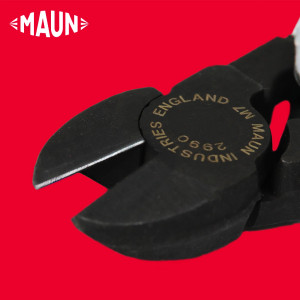-

SKU: 2990-160
Diagonal Cutting Plier For Hard Wire 160 mm
Cuts up to: 2.0 mm piano wireMinimal effort: 22X hand forceHardened jaws: HRC 64£40.00 inc. VAT£33.33 ex. VAT -

SKU: 2990-140
Diagonal Cutting Plier For Hard Wire 140 mm
Cuts up to: 1.6 mm piano wireMinimal effort: 18X hand forceHardened jaws: HRC 64£38.00 inc. VAT£31.67 ex. VAT -

SKU: 4956-140
Side Cutter Parallel Plier Autoclave Safe 140 mm
Cuts up to: 1.6 mm piano wireCut hard wire: 25X hand forceAutoclave safe: Zinc-plated jaws£45.00 inc. VAT£37.50 ex. VAT -

SKU: 4956-160
Side Cutter Parallel Plier Autoclave Safe 160 mm
Cuts up to: 2.0 mm piano wireCut hard wire: 23X hand forceAutoclave safe: Zinc-plated jaws£48.00 inc. VAT£40.00 ex. VAT
